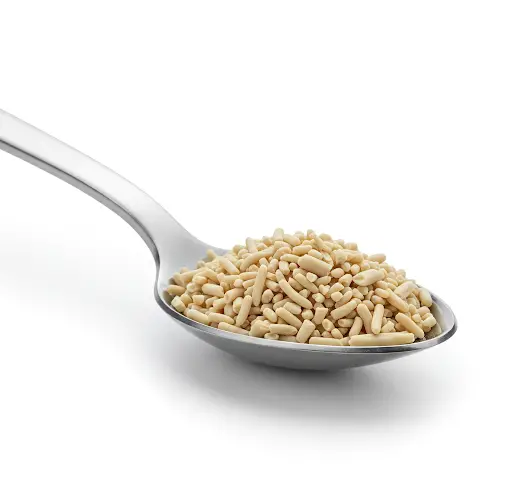Feeding your plants with natural nutrients is one of the best ways to ensure they grow healthy, strong, and productive. One highly effective and easy-to-make fertilizer uses a surprising but common ingredient: yeast. This simple kitchen staple is packed with beneficial compounds that promote plant growth, improve root development, and boost overall soil health.
Whether you’re growing vegetables, flowers, or fruit-bearing plants, this yeast-based liquid fertilizer can give your garden a natural, sustainable edge. Here’s how to make it, why it works, and how to use it correctly.
Why Use Yeast as Fertilizer?
Yeast—specifically dried baking yeast—is full of valuable nutrients that plants and soil microbes love. It contains proteins, amino acids, B vitamins, and trace minerals, all of which contribute to healthier plant growth. When introduced into the soil, yeast promotes the development of beneficial microorganisms that help decompose organic matter and make nutrients more available to plants.
In particular, yeast helps:
-
Stimulate root growth
-
Improve nutrient absorption
-
Increase microbial activity in the soil
-
Provide essential trace elements for overall plant health
Ingredients and Materials Needed
To prepare this fertilizer, you will need:
-
2 packets of dried yeast (11 grams each, totaling 22 grams)
-
2 liters of warm water (not hot, just slightly warm to help activate the yeast)
-
A large container with a lid or cover
-
A stirring tool (spoon or stick)
-
Additional water for dilution before application
Step-by-Step Instructions
-
Activate the Yeast
Begin by pouring the 2 liters of slightly warm water into your container. Avoid using hot water, as it can kill the yeast. Sprinkle the yeast into the water and stir thoroughly until completely dissolved. The warm water helps activate the yeast quickly, encouraging it to release its nutrients into the liquid. -
Cover and Wait
Once the yeast is dissolved, cover the container loosely with a lid or cloth. This keeps the solution protected from direct sunlight, which can reduce its effectiveness. Let the mixture sit for 30 to 40 minutes. During this time, the yeast begins to ferment and release compounds that will benefit plant growth. -
Dilute Before Use
Never apply the concentrated yeast solution directly to your plants. It must be diluted to prevent overfeeding or damaging the roots. Use a 1:5 ratio—one part yeast solution to five parts water.
For example, if you’re using 1 cup of yeast mixture, mix it with 5 cups of clean water before applying.
How to Apply the Fertilizer
Once diluted, the fertilizer is ready to use. Pour the mixture directly at the base of your plants, focusing near the root zone. This allows the nutrients to be absorbed efficiently and stimulates root development. Avoid spraying it on the leaves, as this mixture is best absorbed through the soil.
You can use this fertilizer on a wide range of plants, including:
-
Leafy vegetables like lettuce, spinach, and kale
-
Fruiting vegetables like tomatoes, cucumbers, and peppers
-
Flowering plants and ornamentals
-
Herbs and fruit trees
Benefits of Yeast Fertilizer
Regular use of this yeast-based fertilizer can result in:
-
Greener foliage due to improved nitrogen availability
-
Stronger root systems, enhancing drought tolerance
-
Improved flowering and fruiting, thanks to the phosphorus and potassium content
-
Greater microbial activity, leading to better soil structure and long-term fertility
-
Increased resistance to stress from heat, pests, or poor soil conditions
This fertilizer is completely natural and does not contain any harmful chemicals. It is safe for both plants and the surrounding environment, making it an excellent choice for organic gardeners.
How Often Should You Use It?
For best results, apply this liquid fertilizer once every two weeks during the growing season. Over-fertilization isn’t necessary, as plants need time to absorb and use the nutrients. Applying too frequently may lead to nutrient imbalances or waterlogging.
Additionally, apply it early in the morning or in the evening, when temperatures are cooler and the risk of evaporation is lower. This allows the nutrients to soak into the soil and reach the roots effectively.
Conclusion
Making your own liquid fertilizer with yeast is a simple, cost-effective way to support healthy plant growth and enrich your garden soil. With just a few ingredients and minimal effort, you can create a powerful, eco-friendly alternative to chemical fertilizers. Used regularly, this yeast solution can transform your garden—encouraging lush foliage, stronger plants, and more abundant harvests.



